I was at the Cop26 protests – here's what they were like
Eimear Smith
Cop26 went on for almost two weeks now, and so have the protests around the venue, Glasgow. The cautious optimism many had for this Cop26 seems almost evaporated after announcements this week that 1.5C and even 2C were dead, and that key signatures were missing from vital agreements, but the biggest palpable disappointment is the exclusion of minority, global south and small countries, as well indigenous regions.
According to many activists, the Cop26 conference has been one where many voices were excluded or listened to without any real action. It saw the growth of “youthwashing” or “MAPA-washing” (MAPA= most affected people and areas).
There was also visible a divide in power at the conference in terms of skin colour, age, wealth and language. It was reported that white youth activists at one point directed media attention away from themselves and towards a MAPA group due to continued disproportional coverage by the media of issues and events.
At a Climate Coalition Youth Assembly, a Kenyan Fridays for Future representative highlighted the value and privilege of being able to speak English at the conference.
A youth activist from Scotland at the same event called the conference “inaccessible, horrible and crap”, and said voices form the south, indigenous communities and young voices were being excluded.
JP Morgan Chase, one of the biggest funders of fossil fuel refining and extraction, attracted a lot of attention and protest during Cop26. A 24 hour vigil was held by four climate activists, some from Extinction Rebellion, with the activists calling attention to the company’s involvement in funding substantial fossil fuel projects, and a greenwashing campaign of investing in a small amount of renewable schemes, while increasing their fossil fuel investment.
An action and speeches were held by indigenous groups on a coalition called 6 Groups. Speaking before the action, two indigenous American women said they are suffering “environmental genocide”. Because of oil extraction and other fossil fuel and deforestation practices, one tribe member said “We can’t grow organic food within an eight mile radius of our community”.
“They are mass murderers and nothing less than that… that is their legacy”.
Marcus from California said that JP Morgan chase had funded Chevron oil refinery $4.6bn, but that smells and gas from the refinery were causing respiratory illnesses to be double the average rate of California. Chevron have refused to disclose the smell to citizens of Richmond.
Others of indigenous communities said that it was important for many to be part of the process as together is stronger, and that the governments of the area do not give them a voice otherwise.
Following the Six groups action, a doctor of the Stop Ecocide group called for an international criminal law to be made for companies and leaders of groups who were causing significant environmental damage, ecocide and deaths of groups of people; she said this would mean time in prison and not just affordable fines for companies.
This was followed by a march through Glasgow to the gates of the Cop26 conference centre.
The final official day of Cop26 brought protests outside the conference centre, with close on a thousand people gathering in the rain at the Cop26 gates to make a final call on the leaders and delegates to negotiate an inclusive and ambitious deal. The protest was largely peaceful, with a small number of arrests being made, including one man who attempted to scale the fence to the venue.
An activist speaking publicly at the protest said: “I am very disappointed in everything that has happened in Cop26… Leaders turn your words into actions.”
Taura, a youth activist from Berlin said: “We have to find a way to get the power we do not have”.
Some young protesters from Brazil said they had come to protest against desertification happening in their country due to climate change, as well as to pressure the new minister of environment in Brazil to show leadership in the crisis.
One protester, Lou, had come to see what was happening at the conference and was “quite shocked at the level of policing”. She had serious concerns about “the way our government and the world governments are exploiting the planet and bringing us to a point where every part of our eco system is so polluted and toxic that it will no longer be able to support life”.
She also talked on the deforestation of areas by HS2 and various police forces for rail line buildings, as well as the Government selling military land for property development.
The protest, despite palpable tension between police, and disappointment at the outcome of the negotiations so far, was colourful, with banners depicting messages of anger and support for various branches of the environmentalist movement. Extinction Rebellions Red Rebels staged an eye-catching action. They performed as silent witnesses to Cop26 negotiations, with their red colour symbolising the blood of all species.
While there was disappointment and anger at the outcomes of this conference, there was a cautious hope that the momentum of Cop26 would carry on after the conference, that the process of tackling the climate and biodiversity crisis was, after all, an ongoing and complex process. Preparations and anticipation for Cop27 were already undergoing and growing by the end of the day.
Eimear Smith is a Politics and English student at Queen’s, and a host of The Eco Scoop



